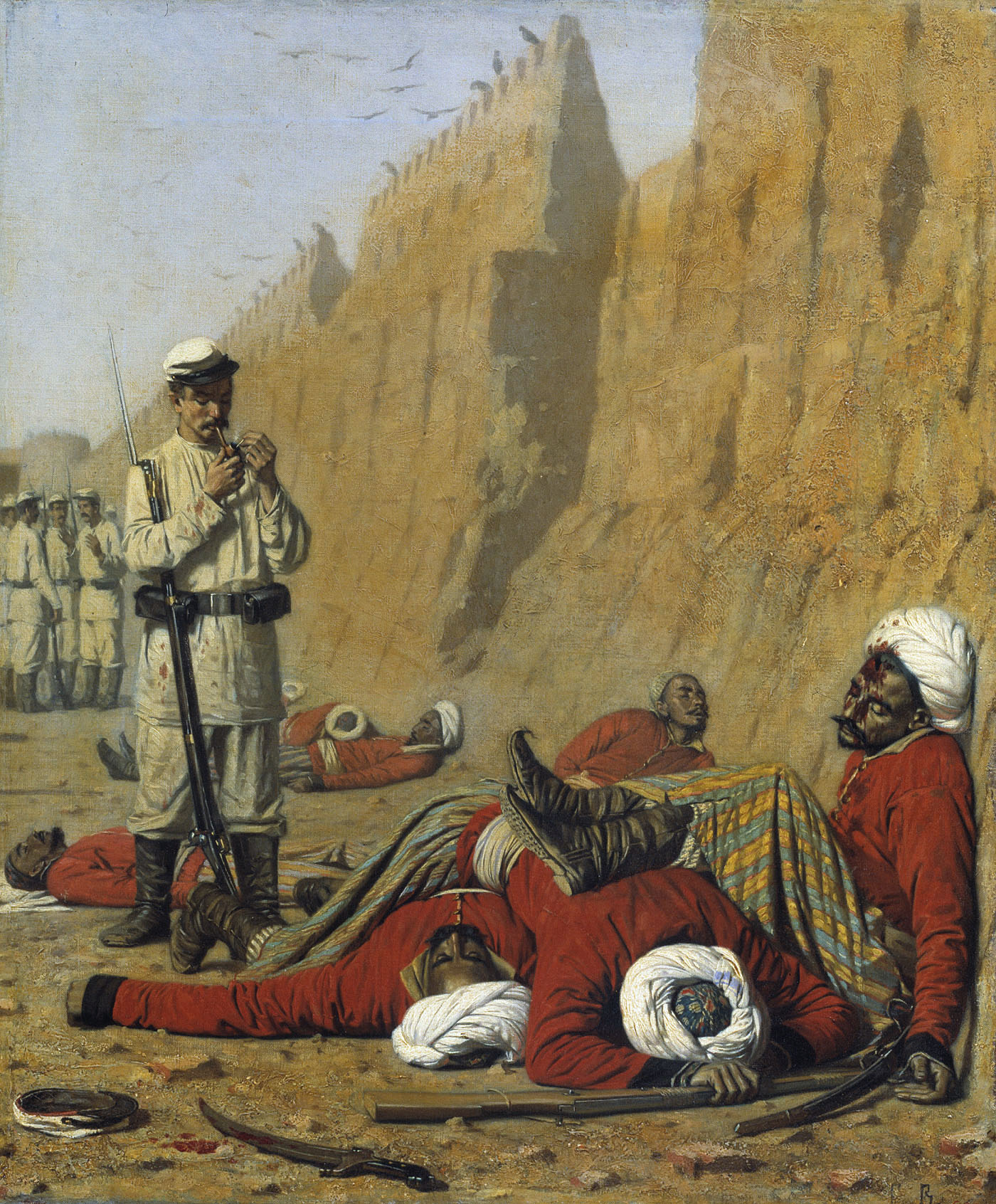My general understanding:
- The era of the knights(Gendarmes/men at arms) with full plate armor and lances is from the end of the 100 years war to the end of the Italian wars (with some extension before and after)
- While pikes won against heavy cavalry in Burgundian wars and permanently shifted the balance of power towards infantry, heavy cavalry was still a decisive force on the battle field
- The early Italian wars saw gun armed troops defeating cavalry while entrenched (Cerignola in 1503), but lance armed French cavalry still managed to win battles after, particularly against other cavalry (Ravenna in 1512)
- The mid Italian wars started to see gun armed infantry defeat cavalry in the open (Pavia in 1525)
- The growing utility of gun armed troops, as well as the introduction of the musket allowed infantry to properly threaten cavalry at a range longer than a pikes length (High quality plate armor was still sufficient against most of these guns).
- Despite this advancement for the infantry, traditional heavy cavalry could still win the day (Ceresole in 1544).
At this point we see that infantry is a serious threat to heavy cavalry, but has not made them obsolete. There are now several factors that lead to the decline of traditional heavy cavalry (lancers) and pistol armed cavalry (Reiters, Cuirassiers, harquebusier) becoming dominant.
- Lancer cavalry struggled to break disciplined and refined formations of guns and pikes that could threaten them at range and up close.
- The square shape used by tercios was a fortress designed to repel cavalry.
- The cost of traditional heavy cavalry was absurdly expensive.
- Lancers were the most expensive formation on the battlefield (besides maybe siege artillery).
- Armies continuously got larger since the Italian wars, which meant high proportions of these troops were impossible to financially maintain.
- The Lancers could no longer win against other cavalry!
The last point is very important. The mid 1500s brought a dilemma where there needed to be a change in cavalry use and armament. Notice how this lines up with my previous mention of when wheellock pistols became widespread. The technology existed and now there was the demand.
The first step was finding a solution to break the pike square. This brought the historically controversial tactic of caracole. By using the pistol, cavalry could ride up in front of the infantry, fire, and then wheel off to reload. I mentioned that this is controversial because most historians claim that it did not actually work. A good piece of evidence for this is that an infantry musket vastly outranges a pistol.
While the caracole did not work well, it lead to the development of Reiters and Cuirassiers. These cavalry were pistol armed and had varying levels of armor. A surprising advantage to them is that the came out on top against the traditional heavy cavalry in engagements. They could charge in and after surviving the initial lances, defeat the traditional horse bound apex predators that were the lancers. Once in melee, the lance was useless, but the pistol could still outrange the sword and penetrate weakspots in armor. We have now reached a point where pistol armed cavalry was the best form of cavalry against other cavalry, was cheaper, and had more (if still lacking) utility against disciplined infantry.
why the wheellock?
- Even with the decline of lancers and traditional knightly combat, cavalry was still wealthy and landed.
- The cost of a wheellock was small compared to the cost of even the cheaper cavalry.
- Because cavalry was wealthy, they had servants to deal with the finnicky maintenance of the wheellock.
- As mentioned in my previous comment, when there was a need for a cavalry gun, the wheellock was already a developed system.
- Unlike matchlocks, wheellocks can be carried primed, loaded, and ready to fire.
- No one was going to let peasants run around with small matchlocks.
- Once cavalry pistols reached the utilitarian stage of form and decoration at the end of the 30 years war, the cheaper flintlock was on the horizon.
Please note, this only applies to western and central Europe. Polish Hussars maintained their dominance over infantry until the end of the 1600s. Eastern and Ottoman heavy cavalry also continued to use the bow in this period.
Apologies for any formatting or grammar errors. For my sources, please see:
Gunpowder Warfare In The Renaissance: 3 Book Recommendations and:
The Italian Wars 1494-1559: War, State and Society in E…









